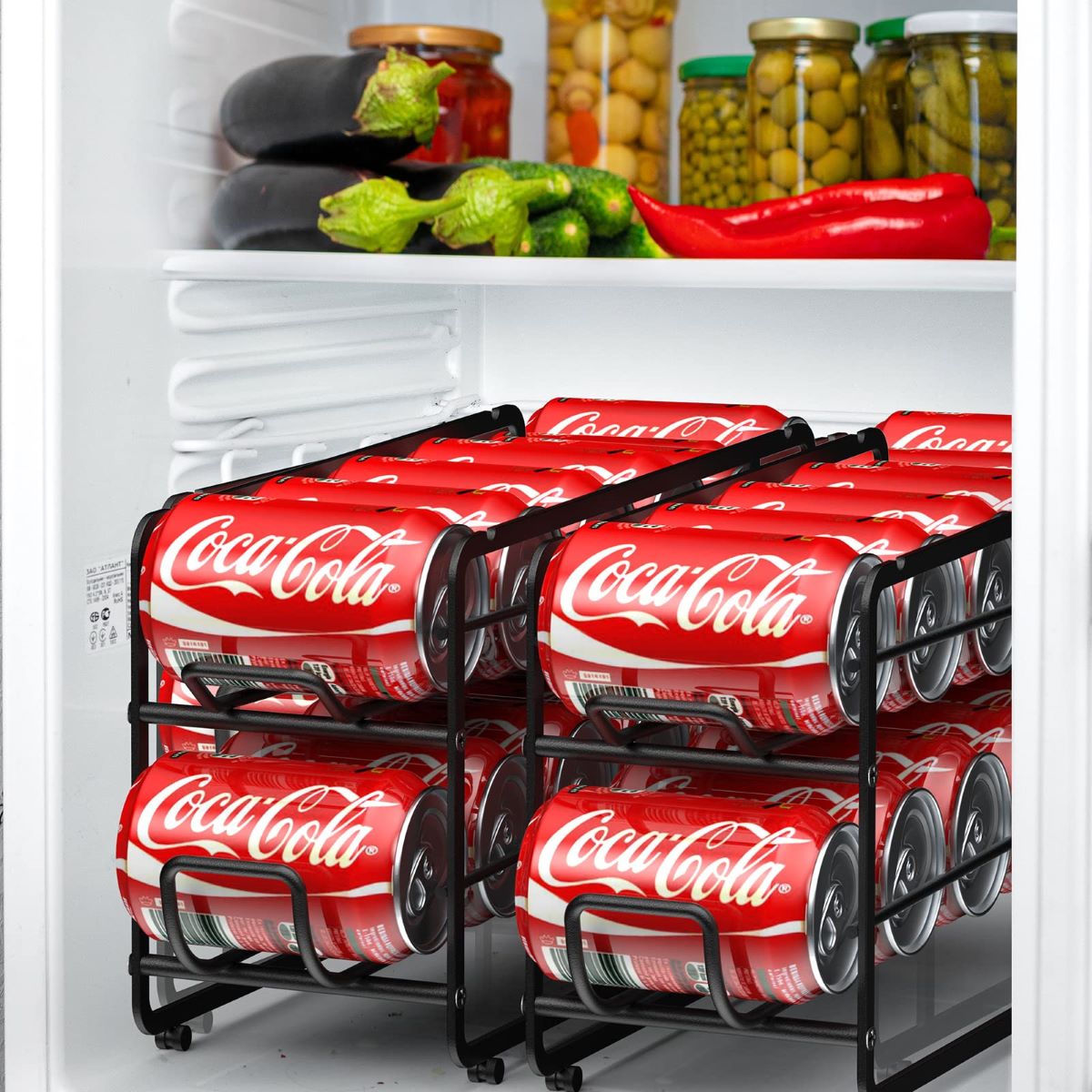

Articles
How To Store Soda Cans
Modified: May 6, 2024
Discover the best way to store soda cans in this informative articles. Find out tips for preserving freshness and maximizing shelf space.
(Many of the links in this article redirect to a specific reviewed product. Your purchase of these products through affiliate links helps to generate commission for Storables.com, at no extra cost. Learn more)
Introduction
Welcome to our comprehensive guide on how to properly store soda cans! Whether you’re an avid soda collector or just looking to keep your favorite beverages in optimal condition, knowing the right storage techniques is essential. By following our tips and tricks, you can ensure that your soda cans maintain their taste and quality for as long as possible.
Soda cans are a popular choice for carbonated beverages due to their convenience and durability. However, improper storage can lead to a decrease in the overall quality and taste of the drink. Exposure to certain elements, such as heat, light, and humidity, can have a negative impact on the flavor and carbonation levels of the soda.
In this guide, we will delve into the various factors that contribute to proper soda can storage. We will explore the ideal storage conditions, discuss how to choose the right storage space, provide tips on organizing your soda can collection, and offer advice on maximizing shelf life. Additionally, we will highlight common mistakes to avoid to ensure that your soda cans stay fresh for longer.
So, whether you’re a soda aficionado or just enjoy a can of soda every now and then, let’s dive into the world of soda can storage and ensure that your favorite fizzy drinks are always kept in the best possible condition!
Key Takeaways:
- Proper storage conditions, choosing the right space, and organizing your soda can collection are crucial for maintaining freshness and taste. Avoid common mistakes to ensure your favorite carbonated beverages stay delightful and refreshing.
- By following the recommended storage practices and tips, you can maximize the shelf life of your soda cans and enjoy them at their freshest. Create an organized and well-maintained soda can collection to enhance your overall experience and satisfaction.
Read more: How To Store Soda Bread
Proper Storage Conditions
When it comes to storing soda cans, maintaining the right conditions is crucial to preserving their quality. Here are the key factors to consider:
- Temperature: The ideal temperature for storing soda cans is between 40°F (4°C) and 60°F (15°C). Avoid exposing them to extreme temperatures, as this can affect the taste and carbonation levels. Keep your cans away from direct sunlight and sources of heat like stoves or radiators.
- Humidity: Moisture can be detrimental to soda cans, causing them to rust or lose their carbonation. Choose a storage space with low humidity levels, ideally below 50%. Avoid storing them in damp areas like basements or garages.
- Light: Exposure to light, especially UV rays, can lead to the deterioration of flavors and colors in soda cans. Opt for a dark or opaque storage location to shield the cans from excessive light. If using clear containers, ensure they are placed in a dark area.
- Ventilation: Adequate airflow is important to prevent the build-up of odors and potential mold growth. Avoid storing your soda cans in tightly sealed containers or areas with poor ventilation.
- Upstanding Position: It is recommended to store soda cans in an upright position. This allows for the proper distribution of carbonation and prevents the beverage from coming into contact with the metal, which can affect the taste.
By ensuring the proper storage conditions, you can preserve the flavor, carbonation, and overall quality of your soda cans, ensuring a refreshing and enjoyable beverage every time you open one.
Choosing the Right Storage Space
Selecting the appropriate storage space for your soda cans can make a significant difference in their preservation. Here are some factors to consider when choosing where to store them:
- Cool and Dry Location: Look for a storage area that is cool and dry, such as a pantry or a dedicated soda storage cabinet. Avoid areas that are prone to temperature fluctuations or high humidity, like the basement or the garage.
- Away from Direct Sunlight: Sunlight can degrade the quality of soda cans by causing the beverage to heat up and potentially altering its taste. Keep your soda cans away from windows or any sources of direct sunlight.
- Stable Temperature: The storage space should maintain a stable temperature within the recommended range of 40°F (4°C) to 60°F (15°C). Avoid areas that experience drastic temperature changes, such as near the kitchen stove or heaters.
- Shelving: Use sturdy and reliable shelves to store your soda cans. Make sure they are able to support the weight of the cans and won’t collapse under the pressure. Adjustable shelves allow for efficient use of space and customization to accommodate different can sizes.
- Organizational System: Consider implementing an organizational system to keep your soda cans neat and easily accessible. You can use dividers, labels, or stackable storage bins to separate different flavors or brands. This will also help you keep track of expiration dates and rotate your stock effectively.
- Avoiding Vibrations: Excessive vibrations can disturb the sediment in soda cans and affect the overall quality of the beverage. Avoid storing your soda cans near heavy machinery or appliances that generate vibrations.
Remember, choosing the right storage space for your soda cans is crucial in maintaining their freshness and taste. By following these guidelines, you can create an ideal environment that will ensure your favorite carbonated beverages stay in optimum condition.
Organizing Your Soda Can Collection
Organizing your soda can collection not only adds visual appeal but also helps in maintaining the quality and accessibility of your cans. Here are some tips to keep your collection organized:
- Categorize by Flavor or Brand: Sort your soda cans by flavor or brand to make it easier to find the drink you’re in the mood for. This can be done by creating separate sections or shelves for different flavors or arranging them in alphabetical order.
- Use Display Units or Racks: Consider investing in display units or racks specifically designed for soda cans. These units are designed to hold cans securely in place while displaying them in an appealing manner.
- Labeling: Labeling your shelves or sections can help quickly identify where specific flavors or brands are located. You can use adhesive labels, color-coding, or even create custom signs to add a personalized touch.
- Rotate Stock: It’s essential to rotate your stock by placing newer cans behind older ones. This ensures that you consume the cans before they expire and helps maintain a fresh and varied selection.
- Consider Can Dispensers: Can dispensers are a convenient way to store and access your soda cans. These dispensers are often stackable and allow you to easily remove the oldest can from the front while the remaining cans roll forward.
- Keep Track of Expiration Dates: Regularly check the expiration dates on your soda cans. Use a marker or label to clearly mark the expiration date on each can. This will help prevent consuming expired beverages and ensure the best taste.
- Be Mindful of Limited Editions: If you have limited edition or special edition soda cans, consider displaying them separately to showcase their uniqueness. This can include using display cases or shelves with proper lighting to highlight these special additions to your collection.
By organizing your soda can collection, you not only create an appealing visual display but also ensure that you can easily find and access your favorite drinks. Plus, it adds an element of fun and excitement to your collection!
Store soda cans in a cool, dry place away from direct sunlight. Avoid storing them in areas with fluctuating temperatures, as this can affect the taste and quality of the soda.
Maximizing Shelf Life
To maximize the shelf life of your soda cans and keep them fresh for longer, follow these tips:
- Store Unopened Cans: Unopened soda cans have a longer shelf life compared to opened cans. If you’re not planning to consume a can immediately, keep it sealed until you’re ready to enjoy it.
- Check Expiration Dates: Always check the expiration dates on your soda cans before consumption. Consuming expired beverages can lead to diminished taste and quality. Rotate your stock to ensure older cans are used first.
- Avoid Temperature Fluctuations: Fluctuating temperatures can affect the carbonation levels and taste of your soda. Keep your cans in a cool and stable environment to maintain their freshness.
- Keep Away from Strong Odors: Soda cans are susceptible to absorbing strong odors. Store them away from pungent foods or chemicals to prevent any undesired flavor transfer.
- Avoid Freezing: Freezing soda cans can cause them to expand and potentially explode. Make sure not to leave your soda cans in the freezer for an extended period of time.
- Handle with Care: Rough handling can lead to can damage, compromising the seal and carbonation. Avoid excessive shaking or dropping the cans to maintain their quality.
- Close Partially Consumed Cans: If you have partially consumed cans, make sure to secure them properly to retain carbonation. You can use plastic wrap, a rubber band, or a can cap to seal the opening.
- Use a Fridge Organizer: If you prefer chilled soda, use a fridge organizer to keep your cans neatly arranged and accessible. This prevents them from rolling around and potentially getting damaged.
By implementing these practices, you can extend the shelf life of your soda cans, ensuring that each can delivers the refreshing taste you expect when you’re ready to enjoy it.
Read more: How To Store Irish Soda Bread
Avoiding Common Mistakes
When it comes to storing soda cans, there are some common mistakes that can adversely affect the taste, quality, and longevity of your beverages. Here are a few mistakes to avoid:
- Storing in Warm Areas: Keeping your soda cans in warm areas, such as near appliances or in direct sunlight, can accelerate flavor deterioration and affect carbonation levels. Ensure you store them in a cool and dry location.
- Excessive Handling: Excessive handling of soda cans can cause agitation and result in a loss of carbonation. Avoid shaking or constantly moving your cans to maintain their optimal carbonation levels.
- Using Damaged Cans: Do not store or consume soda from damaged cans. A compromised seal can lead to exposure to air and contamination, which can affect the taste and pose a potential health risk.
- Stacking Too Many Cans: While it may be tempting to stack cans high to save space, stacking them too high can lead to crushing or damaging the cans on the bottom. Be mindful of weight limits and ensure stability.
- Storing Past Expiration Dates: Consuming soda cans past their expiration dates can result in compromised taste, quality, and potential health risks. Always check the expiration dates and discard any cans that are past their prime.
- Forgetting to Rotate Stock: Neglecting to rotate your stock can lead to older cans being left unused for extended periods. Practice the “first in, first out” method to ensure you consume the oldest cans before newer ones.
- Storing Opened Cans Improperly: If you have partially consumed cans, make sure to seal them tightly to prevent the loss of carbonation and preserve the flavor. Use plastic wrap, a can cap, or airtight containers to maintain freshness.
- Ignoring Storage Conditions: Neglecting the ideal storage conditions mentioned earlier can compromise the taste and quality of your soda cans. Be mindful of temperature, humidity, light exposure, and ventilation to ensure optimal storage.
By avoiding these common mistakes, you can maintain the taste, carbonation, and overall quality of your soda cans, ensuring a delightful and refreshing beverage every time you reach for one.
Conclusion
Properly storing soda cans is essential for preserving their taste, carbonation, and overall quality. By following the guidelines and tips outlined in this comprehensive guide, you can ensure that your favorite carbonated beverages stay fresh and enjoyable for longer.
Remember to consider the proper storage conditions, such as temperature, humidity, light exposure, ventilation, and the upright position. Choose a suitable storage space that is cool, dry, and away from direct sunlight. Organize your soda can collection by flavor, brand, or any system that works best for you. Maximize shelf life by avoiding temperature fluctuations, handling with care, and checking expiration dates regularly.
Avoid common mistakes, including storing soda cans in warm areas, excessive handling, using damaged cans, stacking cans too high, storing past expiration dates, forgetting to rotate stock, storing opened cans improperly, and neglecting storage conditions. By being mindful of these mistakes, you can maintain the quality and taste of your soda cans.
So, whether you’re a soda connoisseur or simply enjoy a can of soda every now and then, following these storage practices will ensure that your favorite carbonated beverages are always ready to be enjoyed. Take the time to create an organized and well-maintained soda can collection to enhance your overall experience and satisfaction.
Now that you have a comprehensive understanding of how to properly store soda cans, go ahead and put this knowledge into practice. Enjoy your soda cans at their freshest and continue to indulge in the bubbly goodness they provide!
Now that you've mastered soda can storage, why not tidy up another crucial area of your home? Organizing your pantry closet can transform your kitchen experience, making meal prep smoother and ingredients more accessible. Our next guide outlines simple yet effective strategies to declutter and systematize this vital space. Whether you're dealing with a cramped area or a sprawling shelf system, these tips will help you maximize every inch of your pantry. Ready to get your pantry in tip-top shape? Dive into our next article for all the details.
Frequently Asked Questions about How To Store Soda Cans
Was this page helpful?
At Storables.com, we guarantee accurate and reliable information. Our content, validated by Expert Board Contributors, is crafted following stringent Editorial Policies. We're committed to providing you with well-researched, expert-backed insights for all your informational needs.
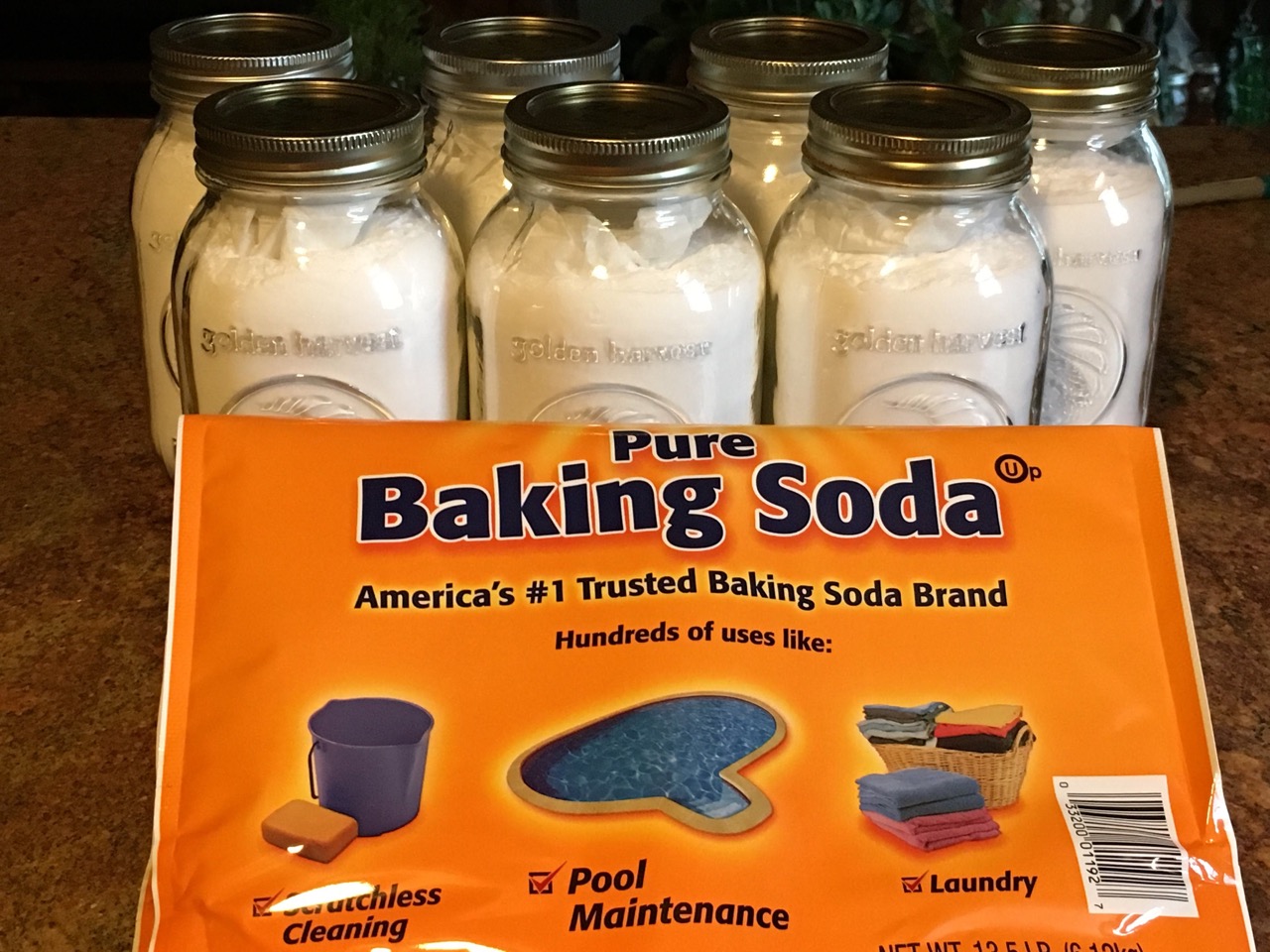
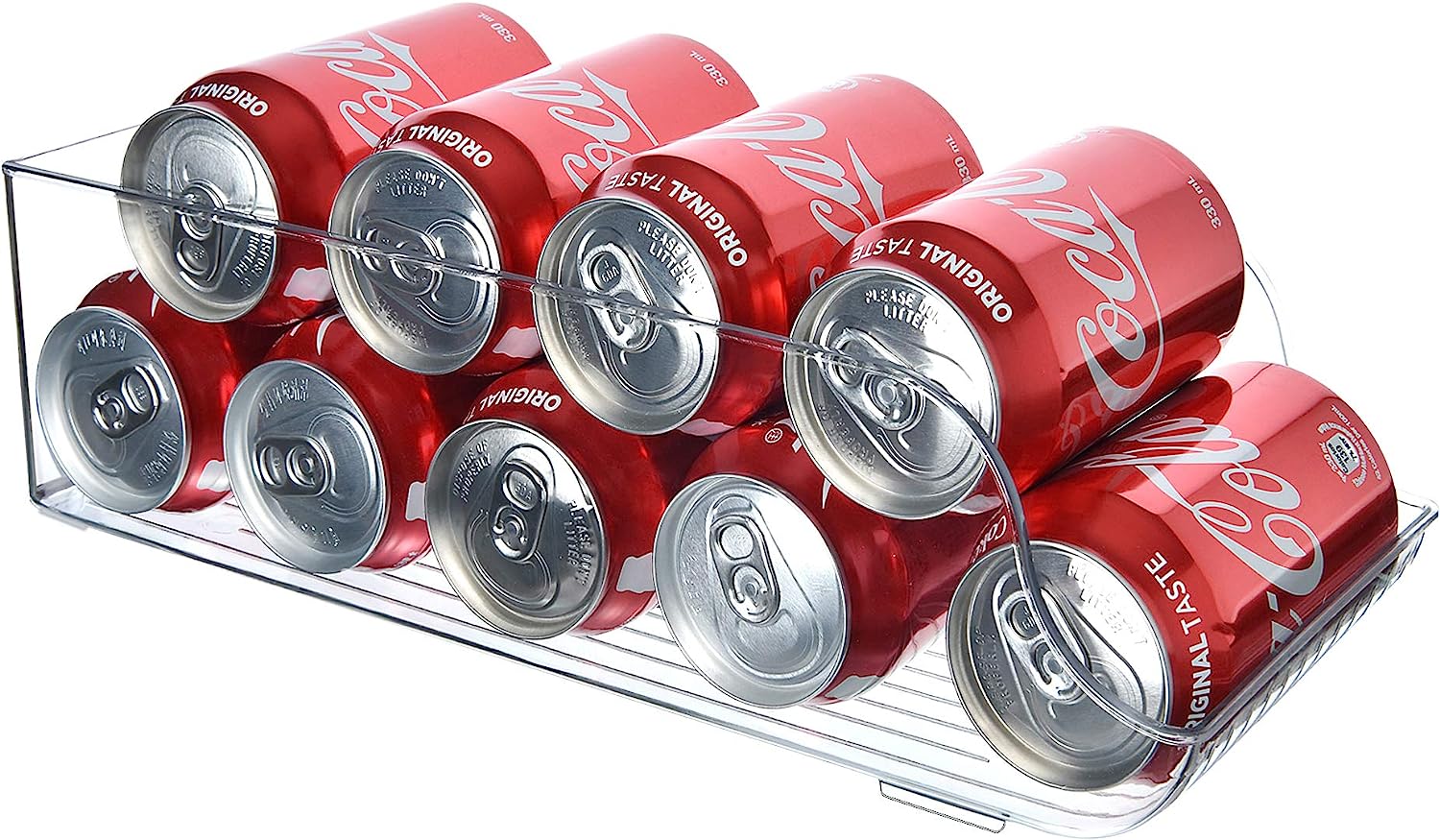
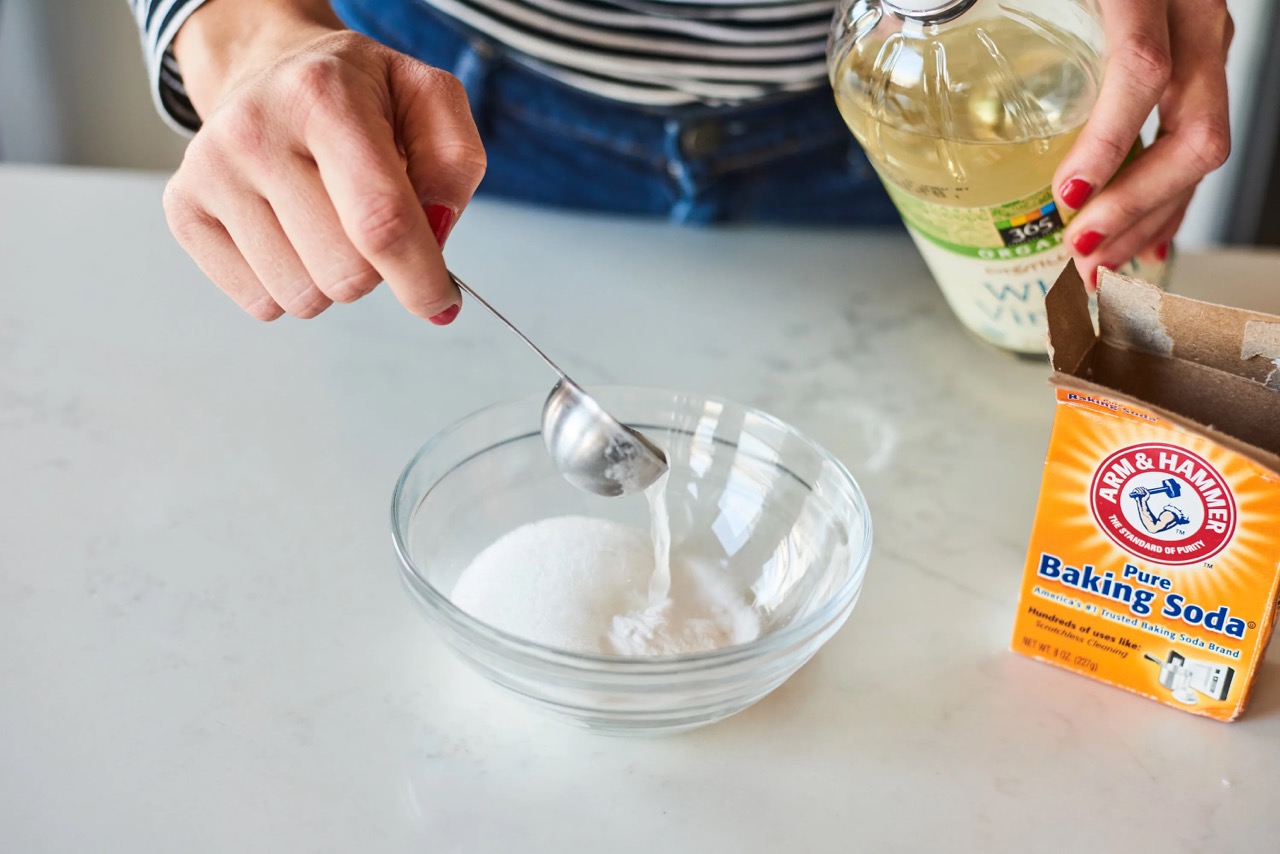
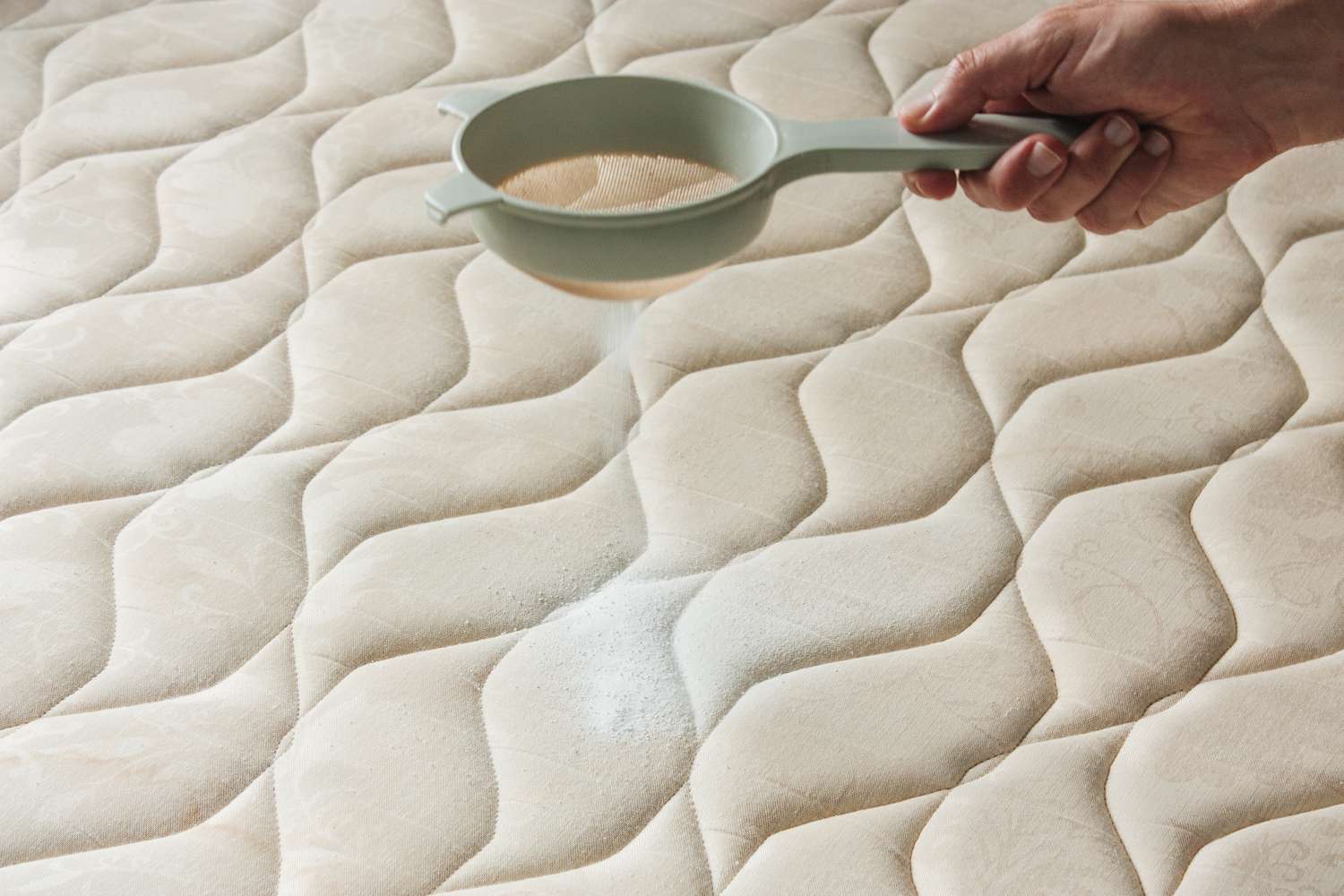
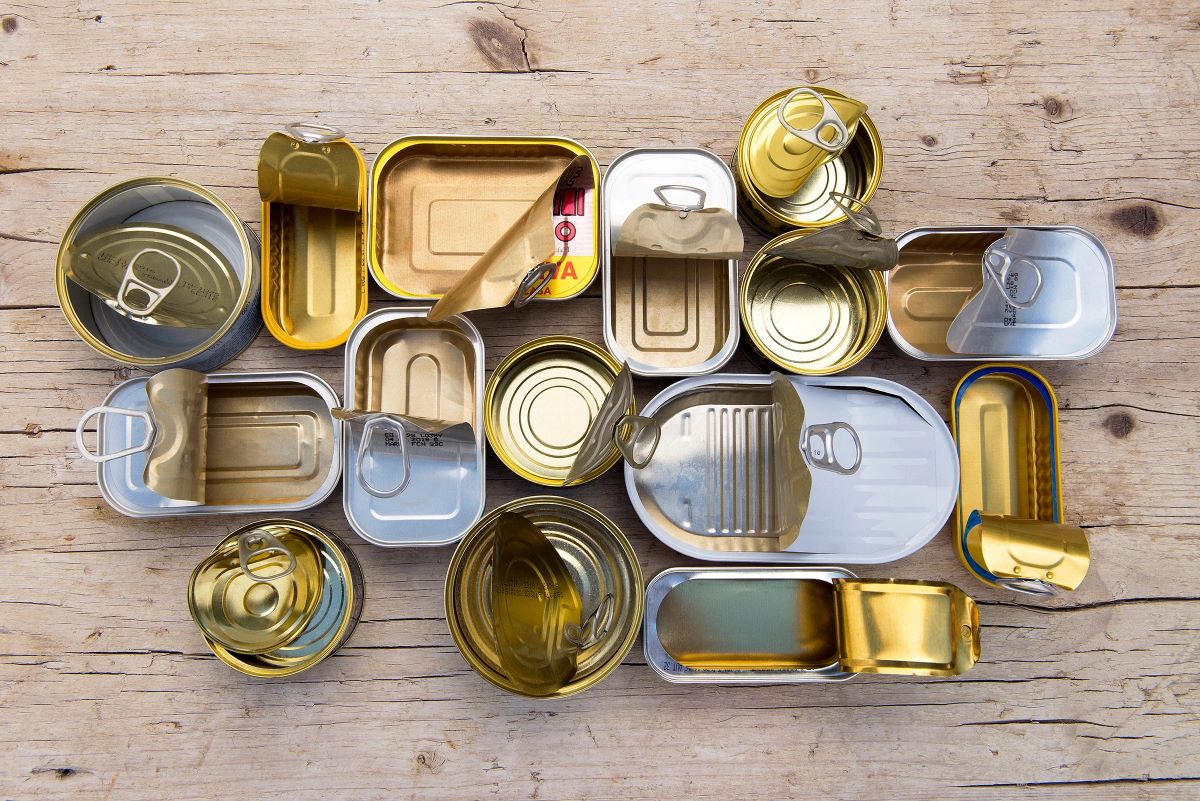
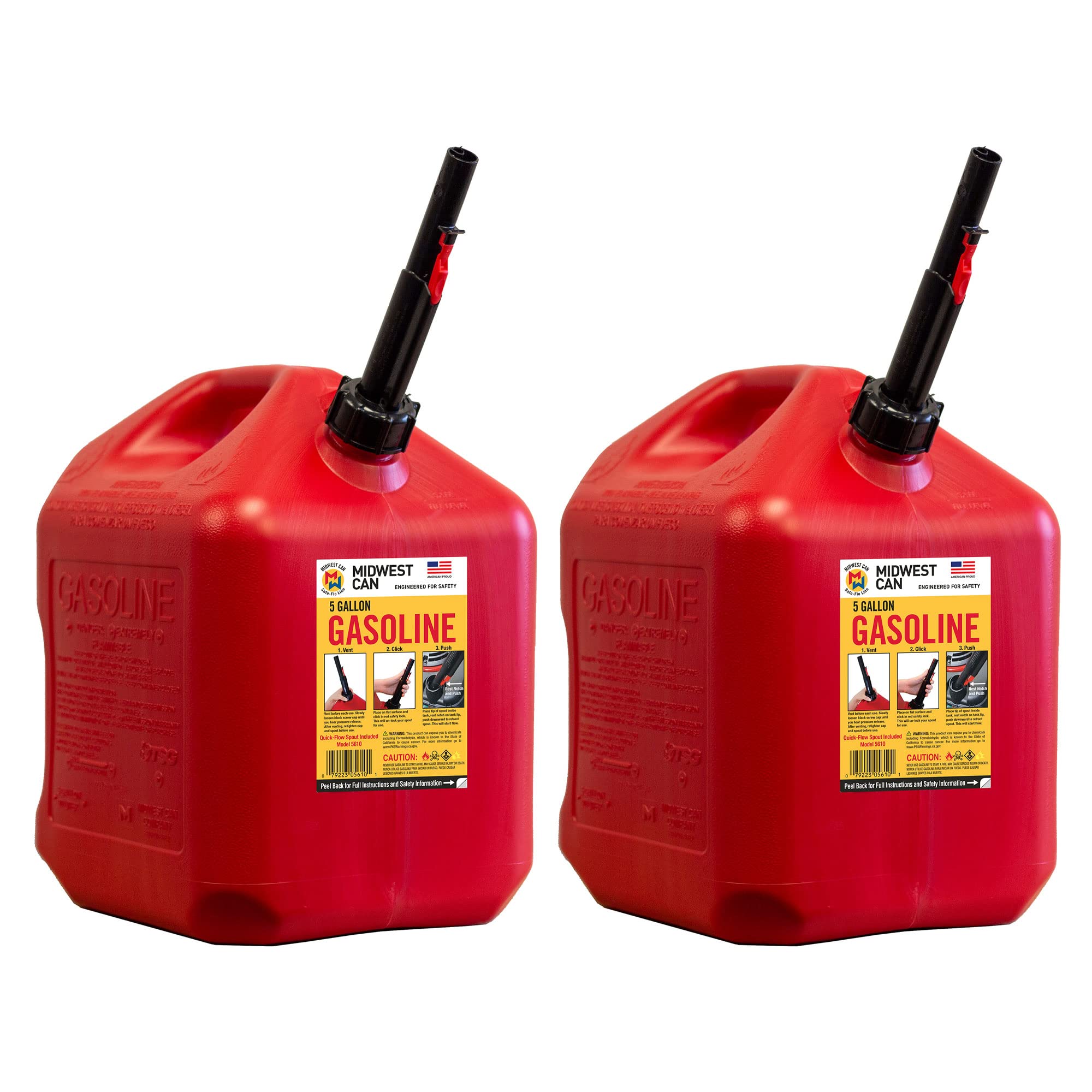

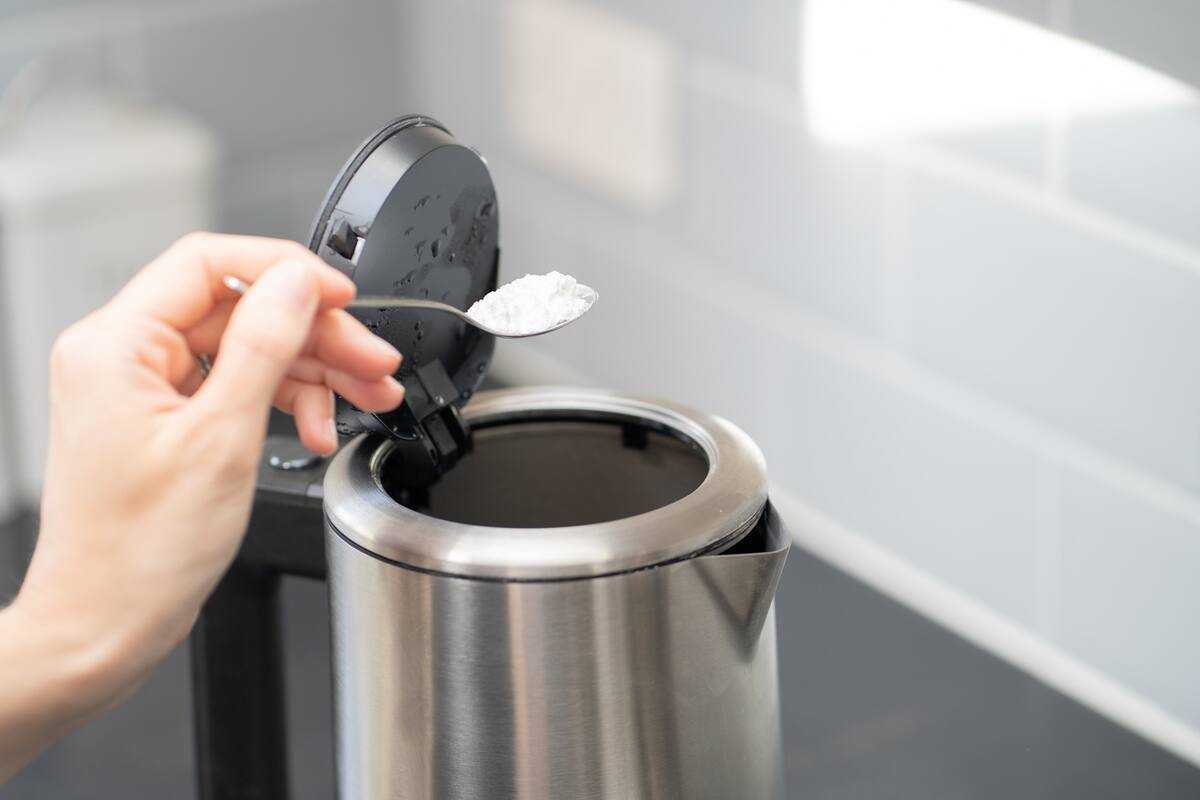
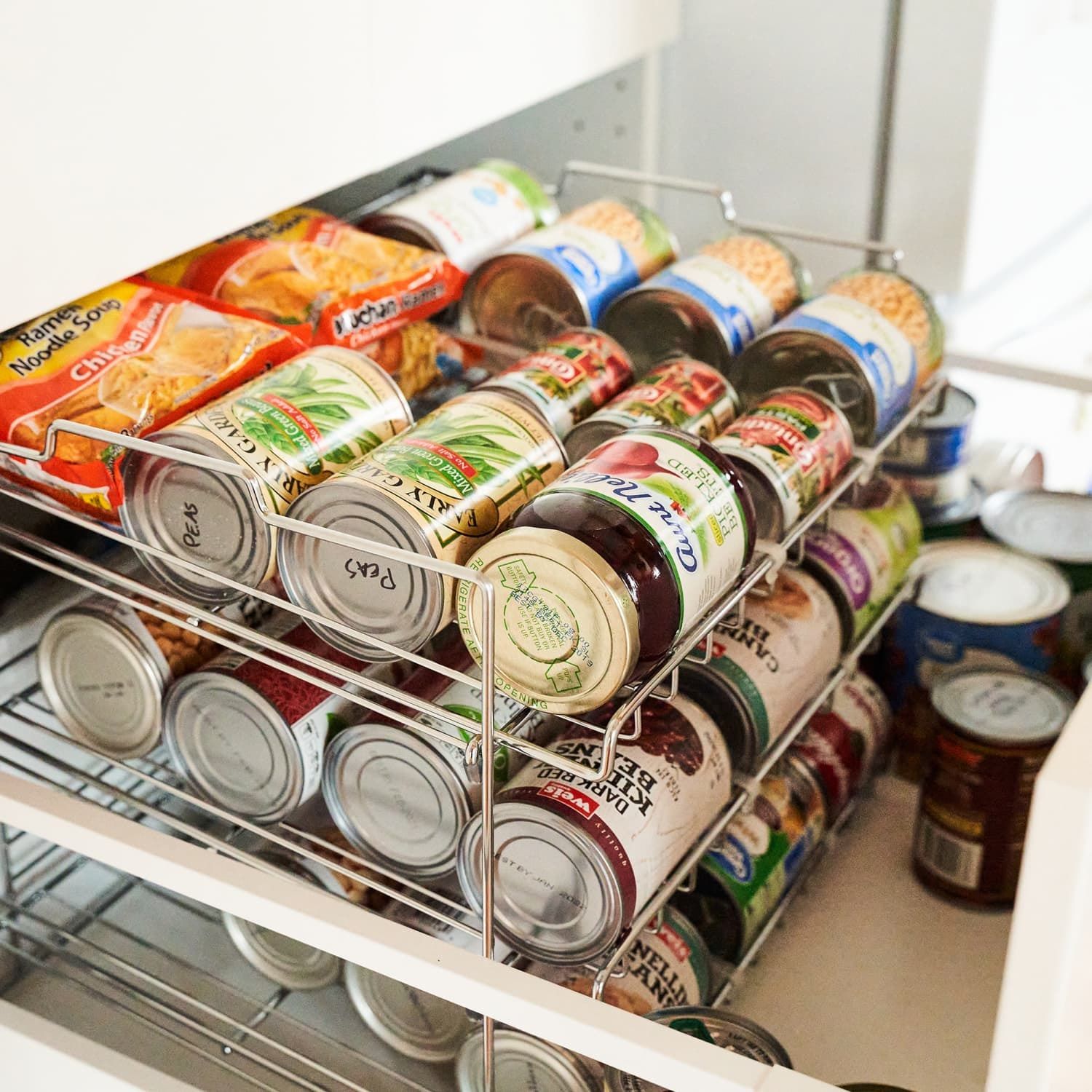
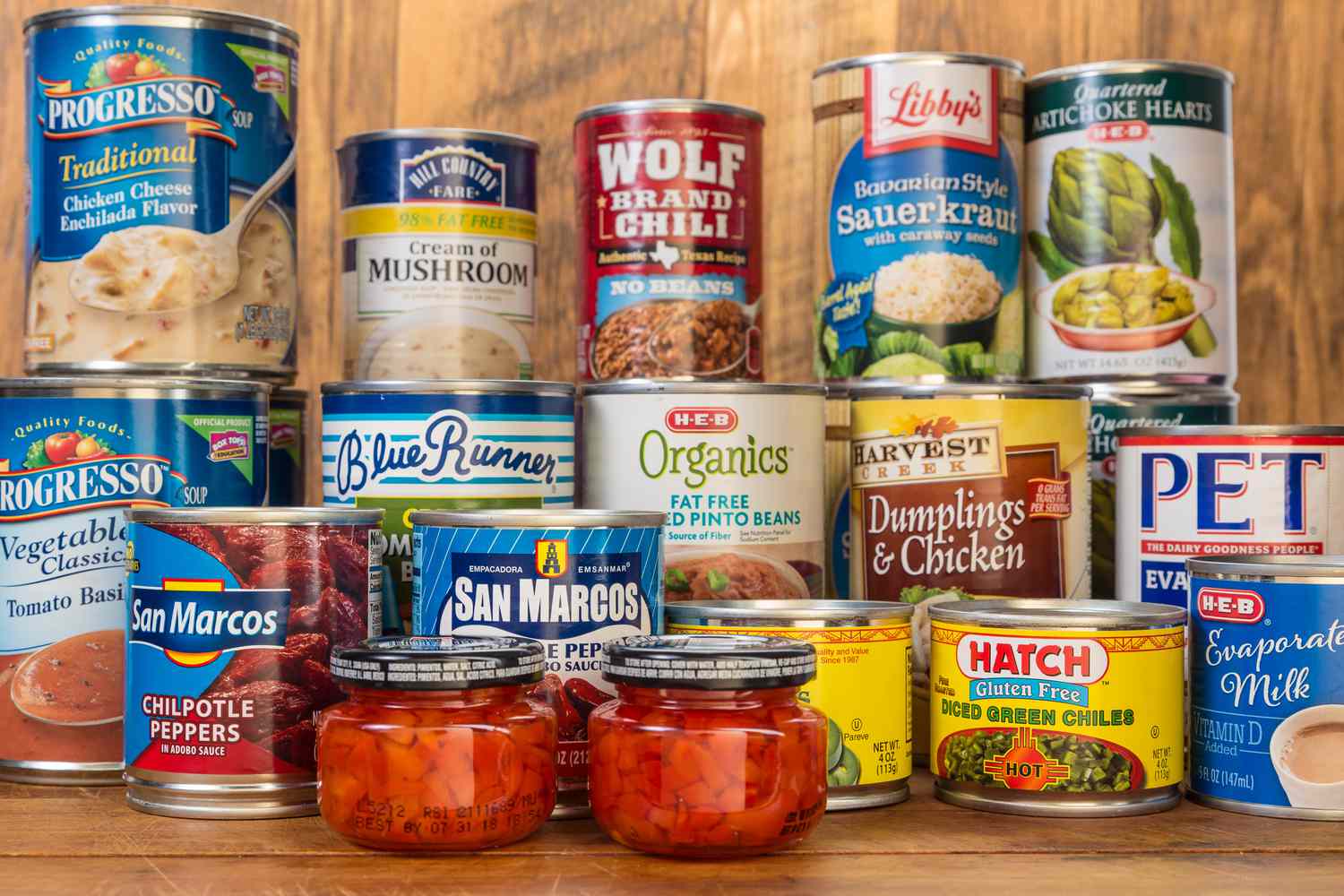
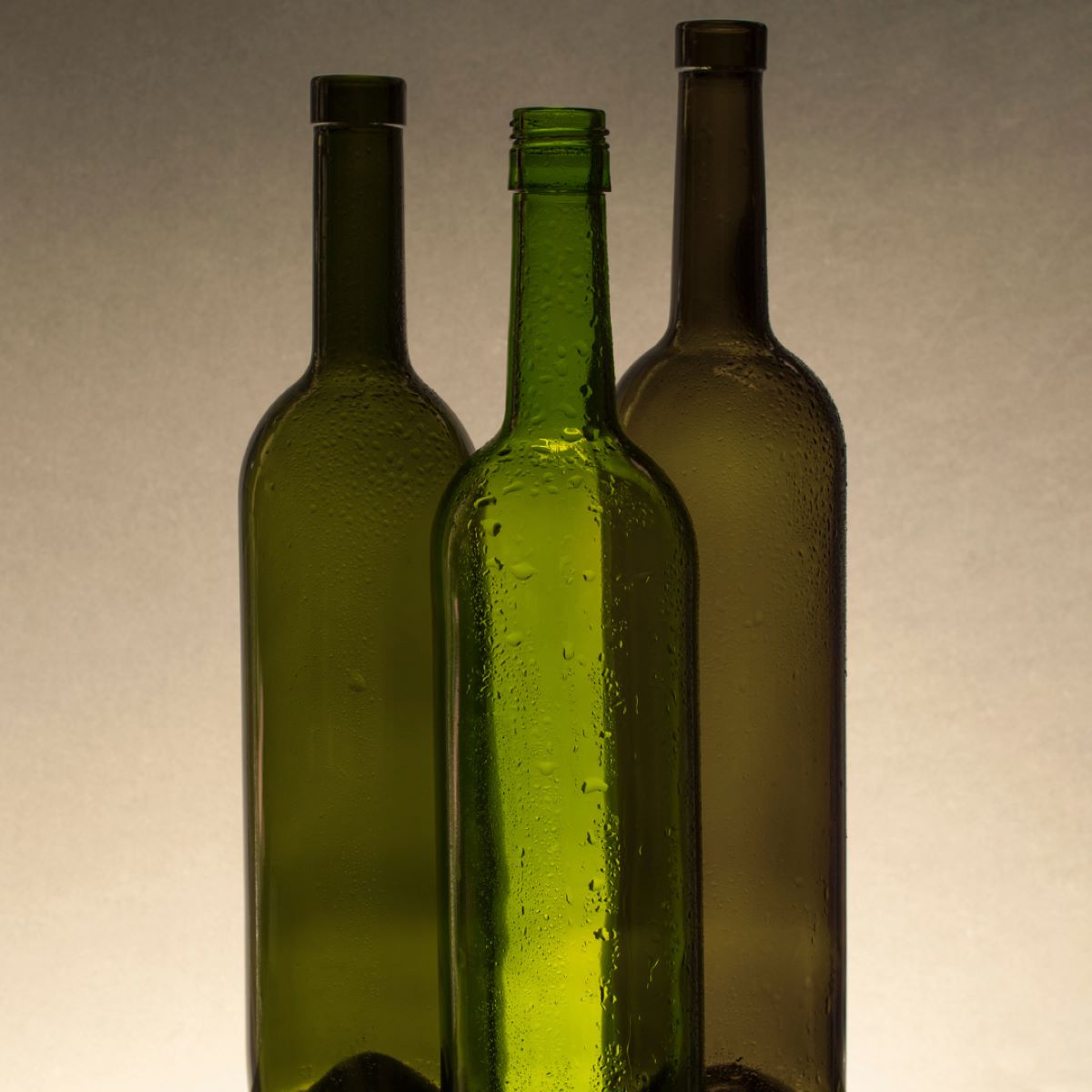
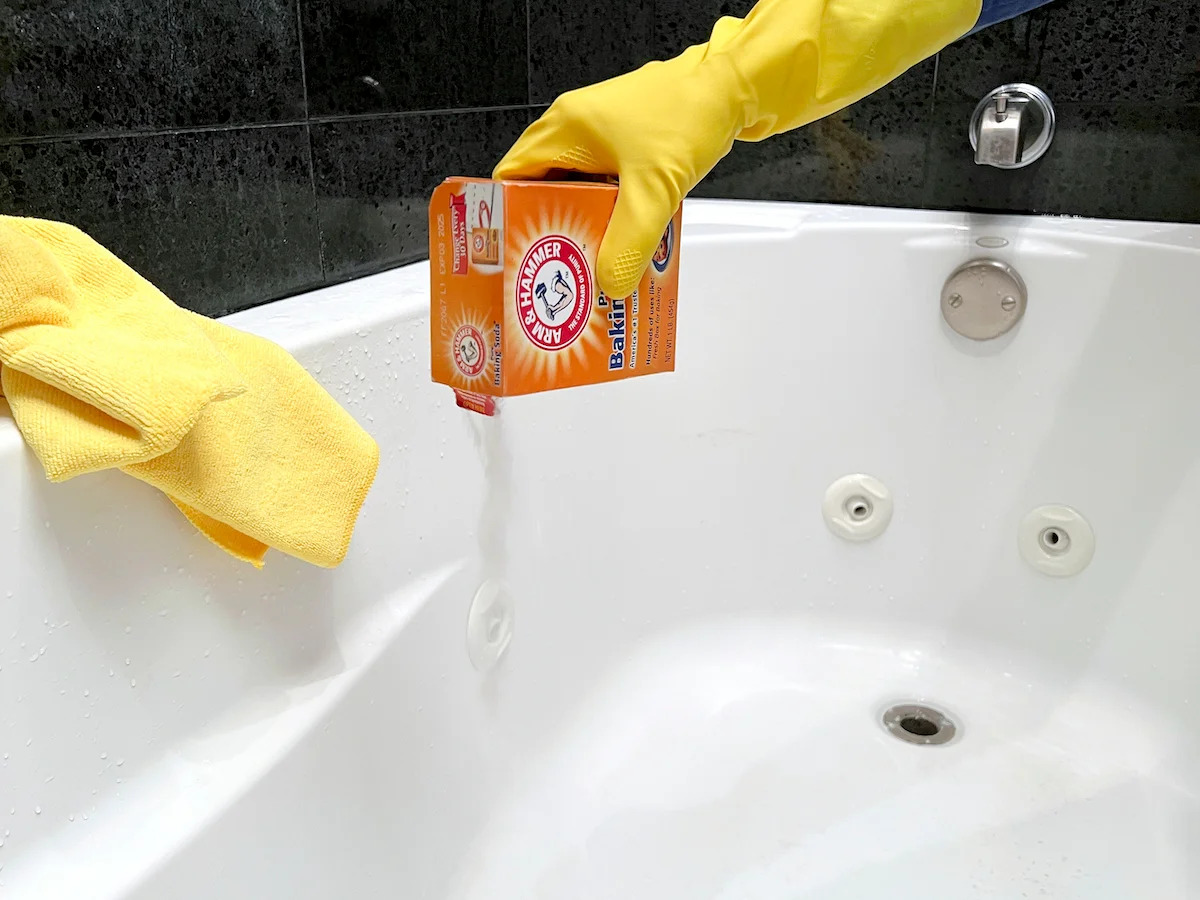
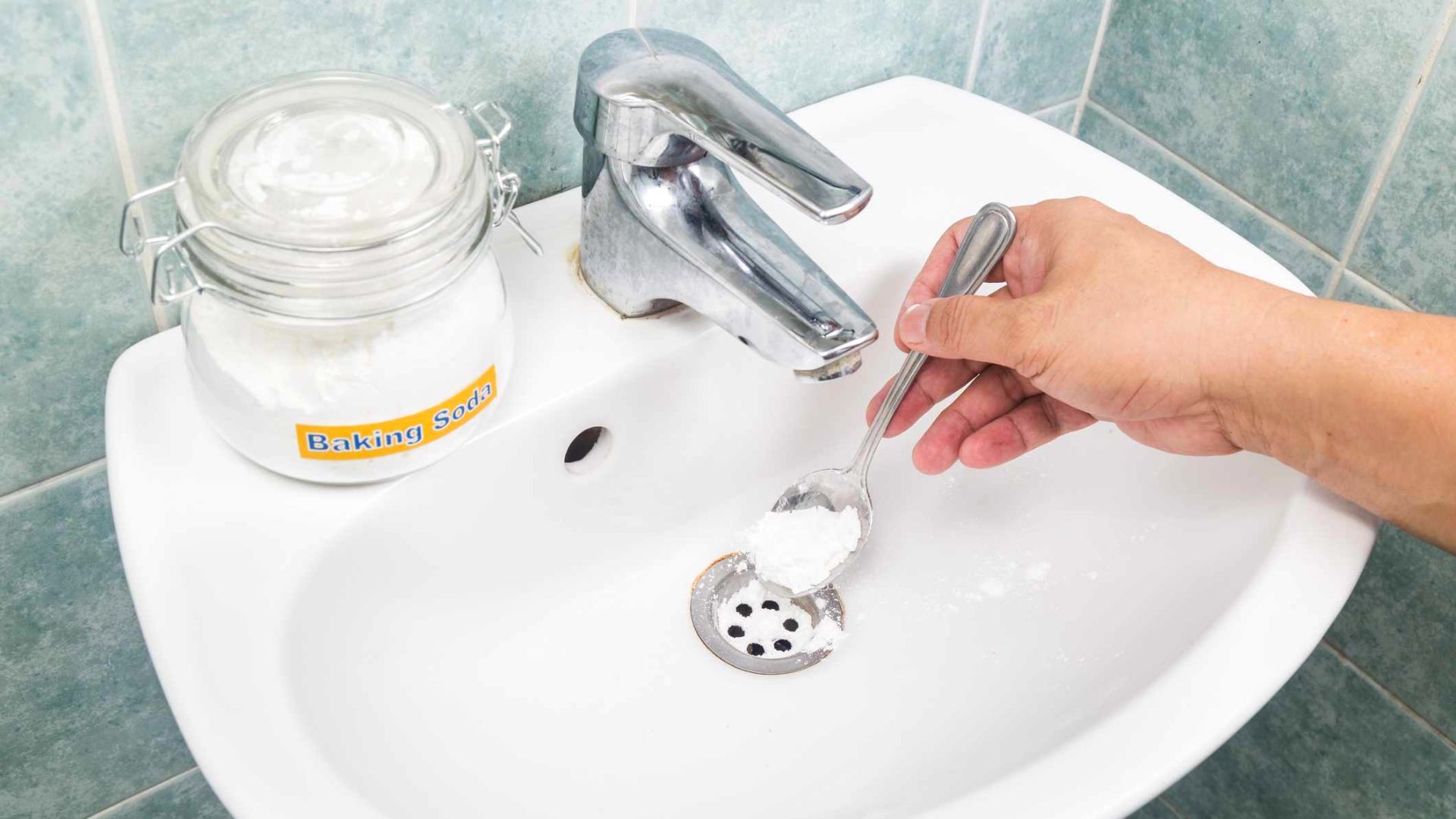
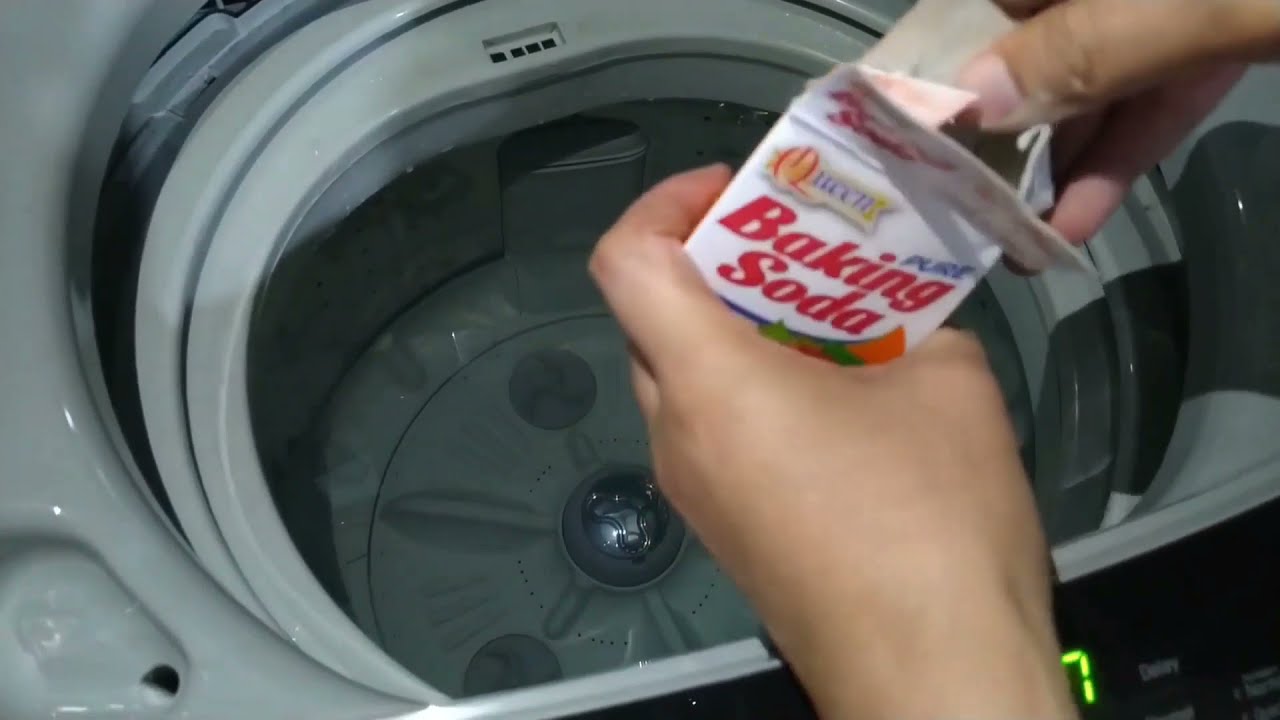

0 thoughts on “How To Store Soda Cans”